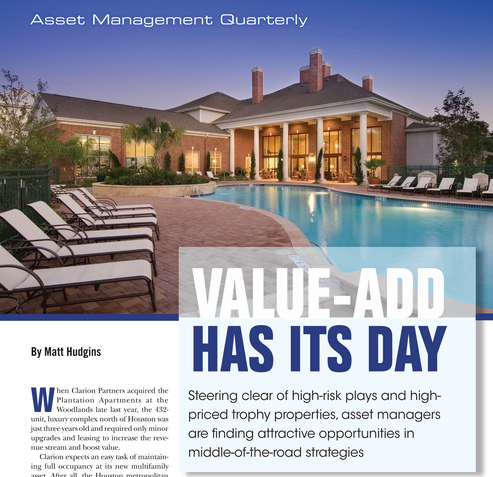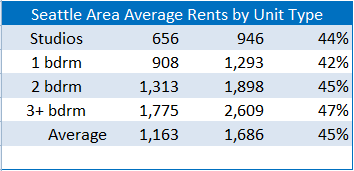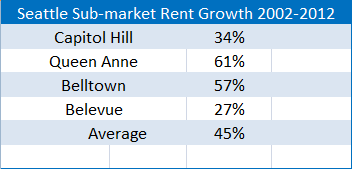Good article in Asset Management Quarterly Value Add Has Its Day talking about how investors have split since the Financial Meltdown in 2007 into a risk adverse group favoring mostly Class A apartment building investments in core markets and a more risk tolerant group seeking high returns by purchasing distressed debt.
This has created an opportunity to generate good returns with investments in properties that need help of some kind. A few bullet points:
- “It’s [The polarization] left this big open hole in the middle of the playing field for middle-risk, middle-return strategies, and it’s made the pricing on value add very attractive,”
- “It should be an extremely desirable place to invest but you haven’t seen a lot of investors go there yet, which is why it’s such an interesting opportunity.”
- buyers needn’t take on excessively risky scenarios in order to reap a handsome return of Continue reading The split between Apartment Investors Creates Opportunity for Good Returns in Value-Add



